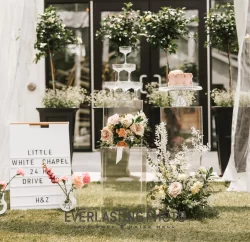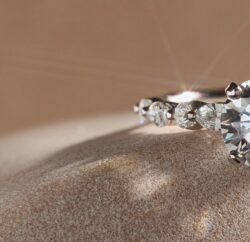
Evaluating a pearl allows buyer to understand whether it is worth buying or not. It is a smart way to buy pearls. Pearls quality standards range from ‘A – AAA’ grades. The definition of grades is a little different from one manufacturer to another.
How Akoya Pearls get graded?
The pearl grading process includes sifting of pearls in thousands to separate them on the basis of their 6 qualities. Expert sorters go through ten thousand of pearls for finding enough gems to design a perfect and matching strand. Sorters categorize and re-categorize pearls taking into factors give below. You can even visit pearlsonly.co.uk to learn more about pearl grading process.
Six quality factors dictating the value of Akoya pearls
- Luster – The most crucial factor that offers cultured pearls its beauty. Luster is scaled from excellent to poor. Poor luster pearls have diffused and dim shine, whereas excellent luster pearls are sharp, bright and have distinct reflection.
- Surface quality – More blemishes on pearl surface means less value.
- Nacre quality – Thick nacre layer truly affects the luster but ensures the durability, so is categorized as high-quality pearl.
- Size – Large pearls carry more value than smaller ones. However, there are other criteria’s that need to be considered to define the pearls quality and value.
- Shape – Round pearls are hard to culture, so they are rare. Therefore, round Akoya pearls are more valuable in comparison.
- Color – Outer layer color will dominate the overall color tone. Expert sorters observe the orient and overtone displaying the shimmering color beneath or on the pearl’s surface. Akoya pearls are bright white having rose overtones.
In theory-
- Larger a pearl, higher its value
- Round Akoya pearl carries more value than drop or off-round pearls
- Golden, black, white, and pink are dictating pearl surface colors
- Pearls with rare tones increase its value significantly
Akoya pearl evaluation is hard and needs competence, skills, and keen eyes for details. Remember, no two pearls are same but professionals match them so well that no one can identify the difference. When you see an AA+ and AAA graded Akoya Pearls the difference is subtle but as you are aware of the quality factors, it will be easy to recognize.












